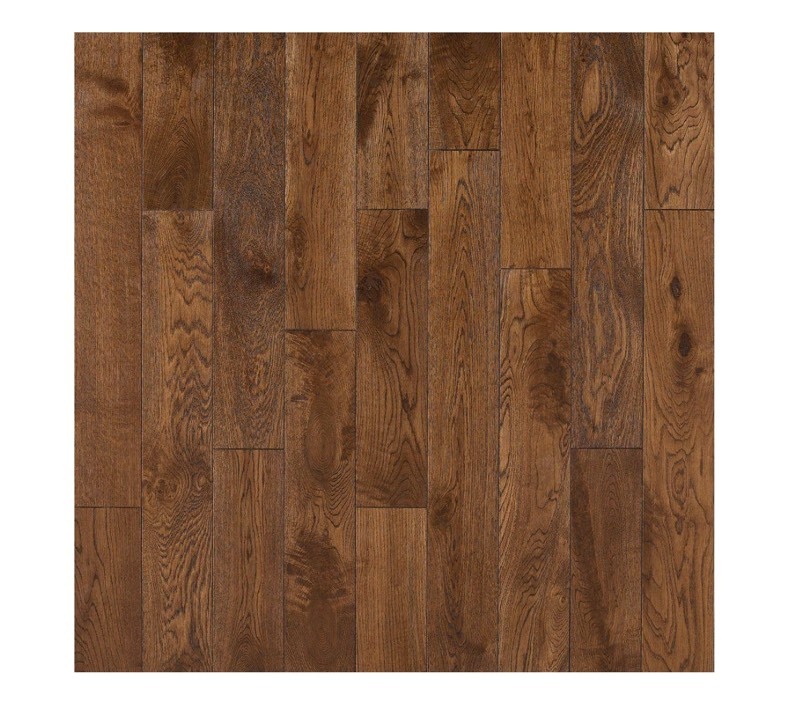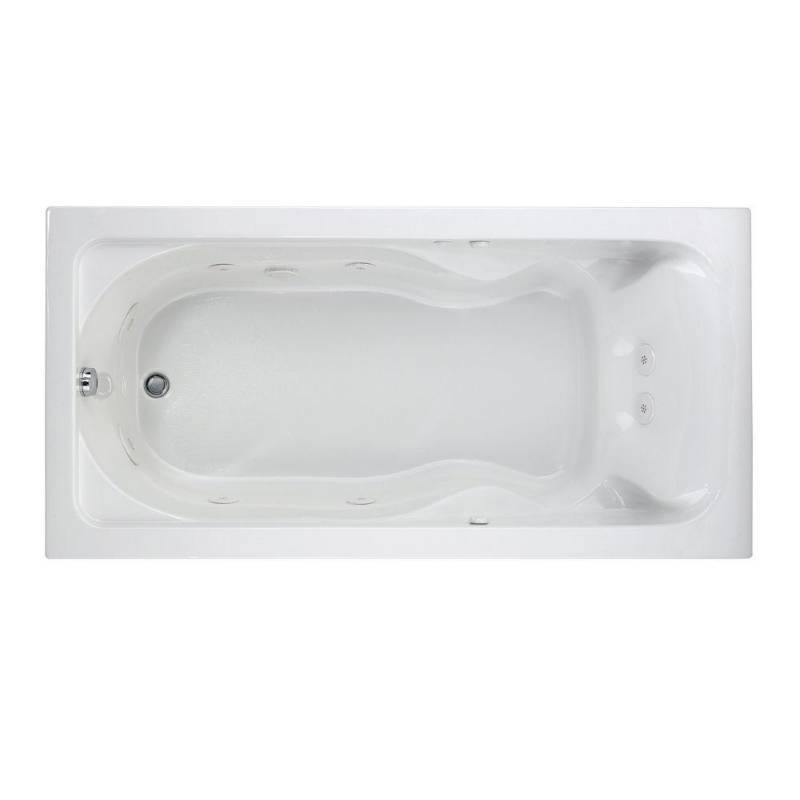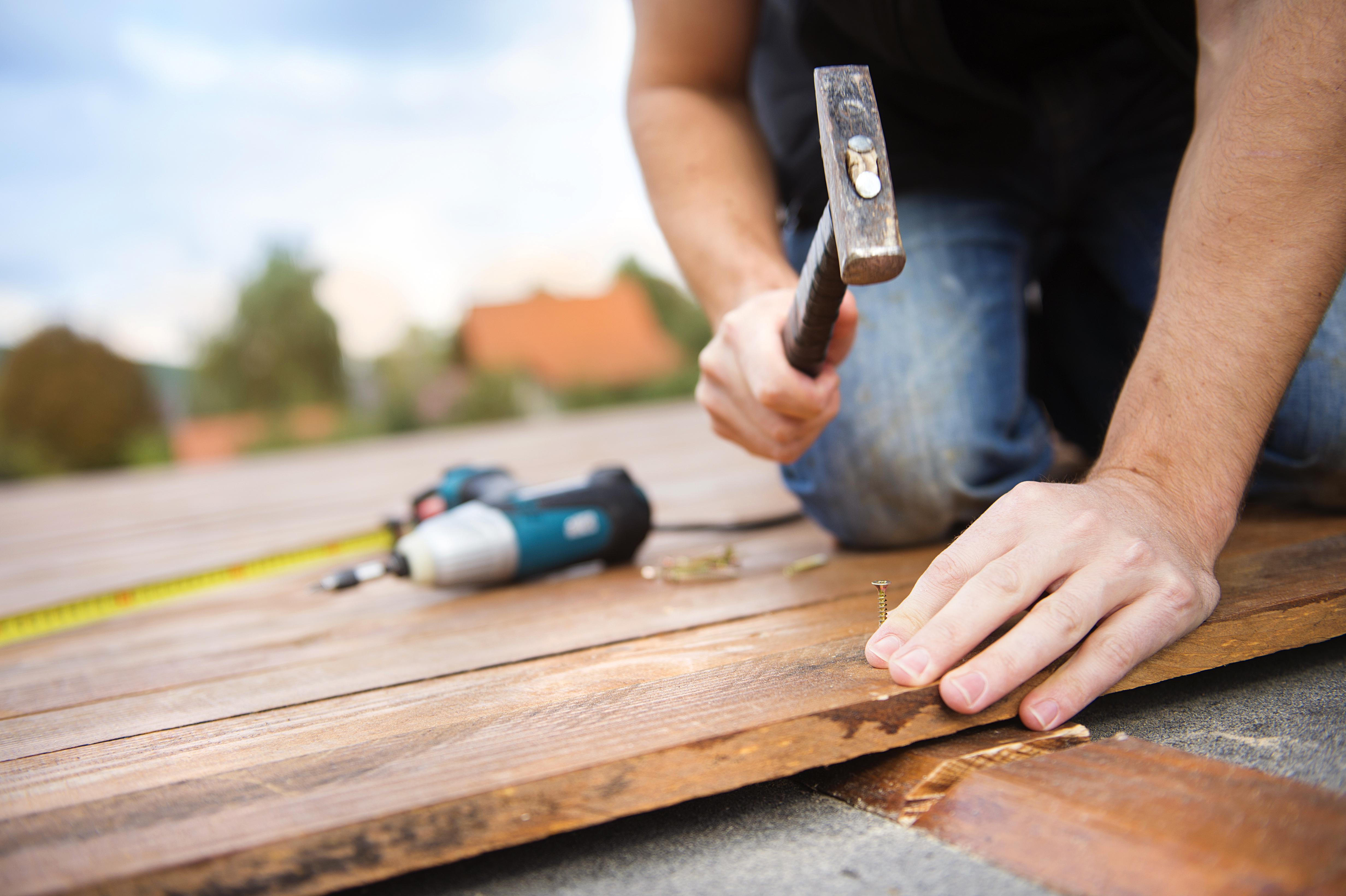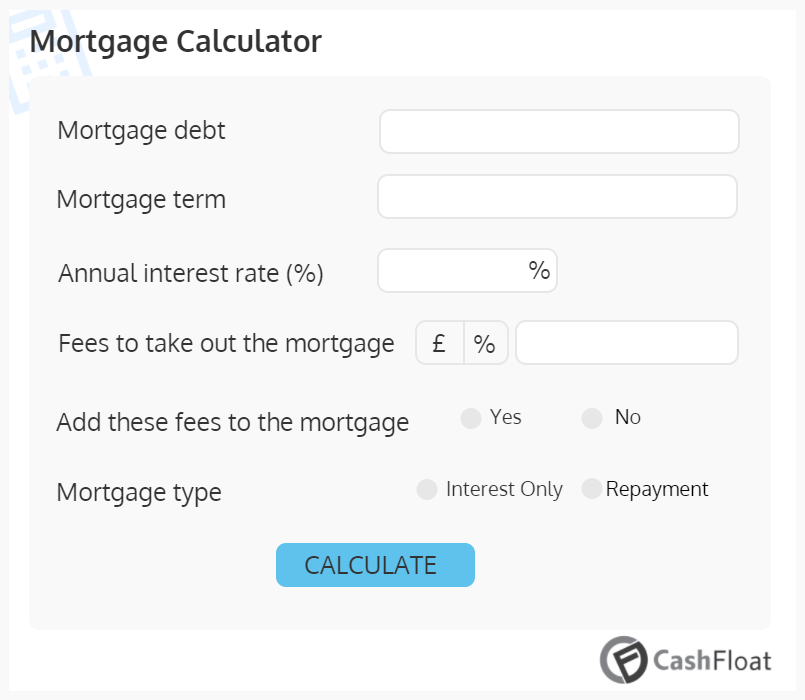Table of Content
Home improvement loans let you finance the cost of upgrades and repairs to your home. That being said, the SBA does set a maximum rate lenders can charge. For fixed-rate SBA 7 loans, the maximum is the prime rate plus a set interest rate. For variable-rate loans, the maximum is the base rate plus a set interest rate determined by the loan’s maturity date. Because another lien takes precedence, lenders could be on the hook for significant losses should you stop making payments.
To be approved for a home improvement loan the lender will need to assess your finances, debt to income ratio and your credit score. Only apply for one of these loans with a lender that is authorised and regulated by the Financial Conduct Authority. Since a cash-out refinance involves taking out a new mortgage, you’ll have a new loan with new terms. You may have to pay higher fees and closing costs than other types of mortgage loans. One advantage of a HomeStyle loan is that it’s just one loan with one monthly payment; you don’t have to take out a loan for the mortgage and another loan for home repairs.
SBA loan fees
Our editorial team does not receive direct compensation from our advertisers. Bankrate follows a strict editorial policy, so you can trust that we’re putting your interests first. While home equity loans are often dispersed in a lump sum, a home equity line of credit works like a credit card. You’re able to borrow up to a maximum credit limit, which you can then draw as much or as little from as needed. Which one of these types of loans works best for you depends on the equity you have in your home, the size of your project, and how soon you need the funds.

Pay attention to the total amount you would have put into the home after the work is done, relative to an appraiser’s estimate of the total after-project value. Include closing costs, including recording fees, appraisal fees and origination fees. Home equity loans come with fixed interest rates and payment amounts that remain the same for the life of the loan.
Securing a personal loan is easier and faster
These loans are also backed by the government, which means you’ll get special benefits — like a low down payment and the ability to apply with a less-than-perfect credit profile. Keep in mind that cash-out refinances have higher closing costs — and they apply to the entire loan amount, not just the cash-back. So you’ll likely need to find an interest rate that’s significantly lower than your current one to make this strategy worth it. You should compare costs over the life of the loan, including closing costs. That means looking at the total cost of the new loan versus the cost of keeping your current mortgage for its life.

There is no straightforward answer to say whether you should use a home improvement loan or remortgage to pay for home improvements. The decision should be based on personal circumstances and the remortgaging options and home loans available to you. Another way to utilise home equity for home improvements – which doesn’t involve remortgaging -is to use a home equity loan. It is secured against available home equity, meaning the loan provider could force you to sell the home if you do not keep up with loan payments in full. So, should you use a home improvement loan or remortgage to pay for home improvements? The answer to this question can only be answered by each individual, as personal circumstances will dictate the best option – as well as the loans and mortgages available to you.
Personal loan
A HELOC might be a better option than a home equity loan if you have a few less expensive or longer-term remodeling projects to finance on an ongoing basis. It’s similar to a second mortgage,” says Bruce Ailion, Realtor and real estate attorney. Certified Development Companies offer 504 loans with 10- to 20-year terms. These loans are designed to fund the construction or purchase of buildings, facilities and large equipment. SBA Express and Export Express loans, SBA 7 loans with a faster funding timeline, have a slightly higher maximum rate. The max is prime plus 6.5 percent for loans of $50,000 or less, and Prime plus 4.5 percent for larger loans.

Our award-winning editors and reporters create honest and accurate content to help you make the right financial decisions. The content created by our editorial staff is objective, factual, and not influenced by our advertisers. Bankrate’s editorial team writes on behalf of YOU – the reader. Our goal is to give you the best advice to help you make smart personal finance decisions. We follow strict guidelines to ensure that our editorial content is not influenced by advertisers. Our editorial team receives no direct compensation from advertisers, and our content is thoroughly fact-checked to ensure accuracy.
These loans require some additional work upfront before your loan is approved—and before you can even submit an offer on a home. For example, your contractor must establish a schedule for construction and plans for your renovation. Additionally, you must submit a property appraisal known as an “as completed” appraisal. You can qualify with a down payment as low as 3 percent if you’re a first-time buyer getting a fixed-rate loan and you plan to live in the home. Lastly, a personal loan might be a better choice if you were planning to tap your home equity for something else. Some families rely on their home’s value to help pay for college education, while others might use a home equity loan to start a business or cover other liabilities.
Provided your finances are in good shape, you’ll get approved and receive funding. When you need an emergency home repair and don’t have time for a loan application, you may have to consider a personal loan or even a credit card. A cash-out refinance is usually the best home improvement loan when you can lower your mortgage rate along with taking cash out. This only works when current market rates are below your existing rate. Another difference between home equity loans and HELOCs is that HELOC interest rates are adjustable; they can rise and fall over the loan term.
Investopedia requires writers to use primary sources to support their work. These include white papers, government data, original reporting, and interviews with industry experts. We also reference original research from other reputable publishers where appropriate. You can learn more about the standards we follow in producing accurate, unbiased content in oureditorial policy.

Loan eligibility is based on your credit score, income and financial history. While you’ll be required to make a minimum monthly payment on the amount you withdraw, you also have the option to pay more than the minimum. Like a home equity loan, a HELOC is secured by your home’s equity, so you’ll generally pay lower interest rates than you might with a credit card. If you’re a member of a credit union, that may be a good place to start, as they may be able to offer you lower interest rates than a larger bank.
In contrast, you can apply for a home improvement loan and receive a response in a matter of days. Instead, it may begin debt collection, make negative filings on your credit report, and file a lawsuit against you. Marianne Bonner, a certified CPCU and ARM, has covered small business insurance topics for The Balance since 2013. She worked in the insurance industry for 30 years as an analyst and underwriter among other roles and holds multiple professional designations. Along with The Balance, Marianne has written many articles for International Risk Management Institute's Risk Report.

















